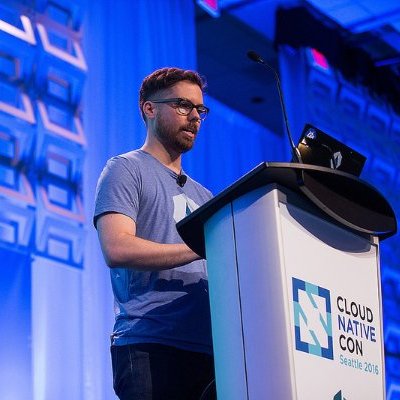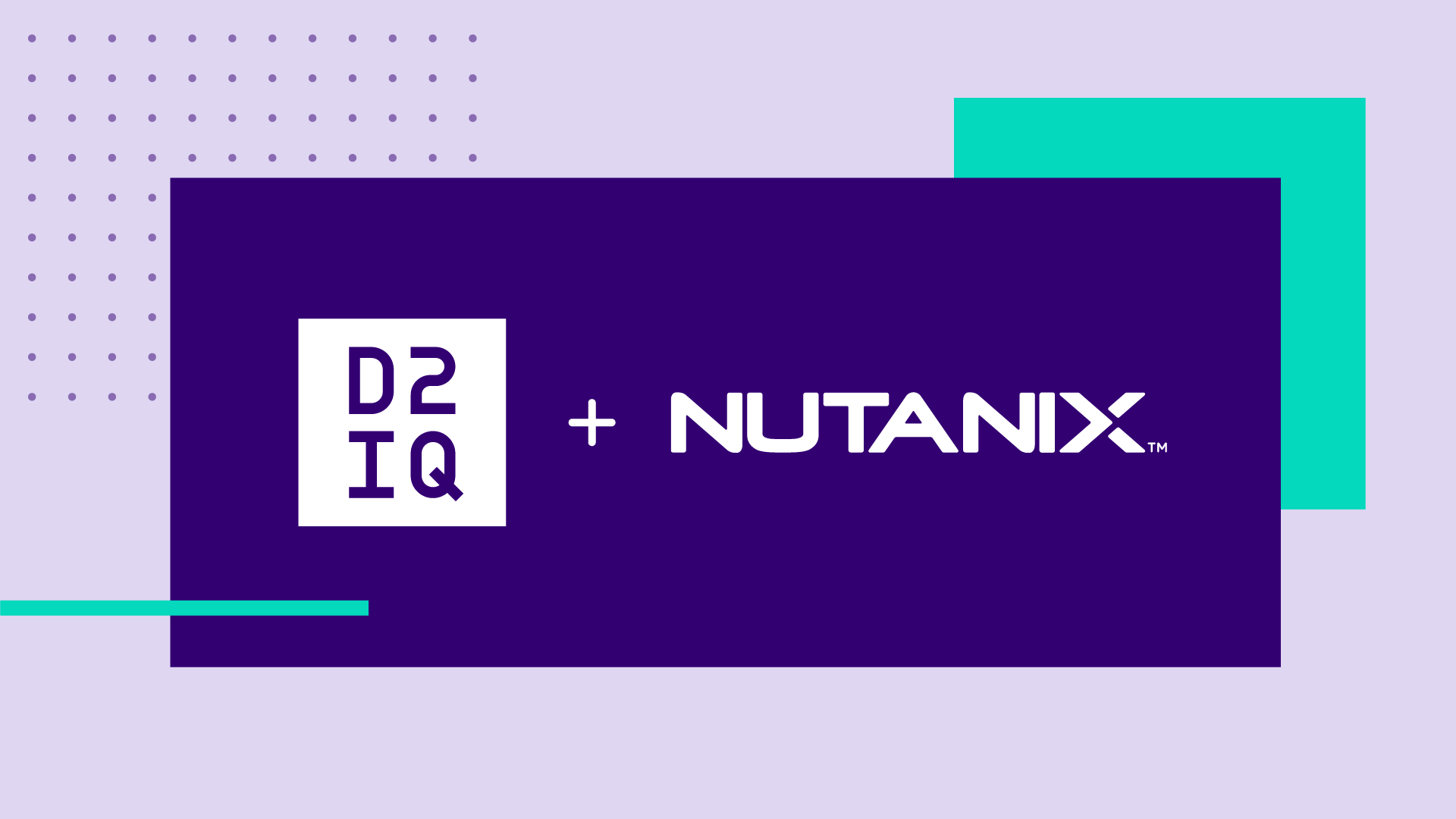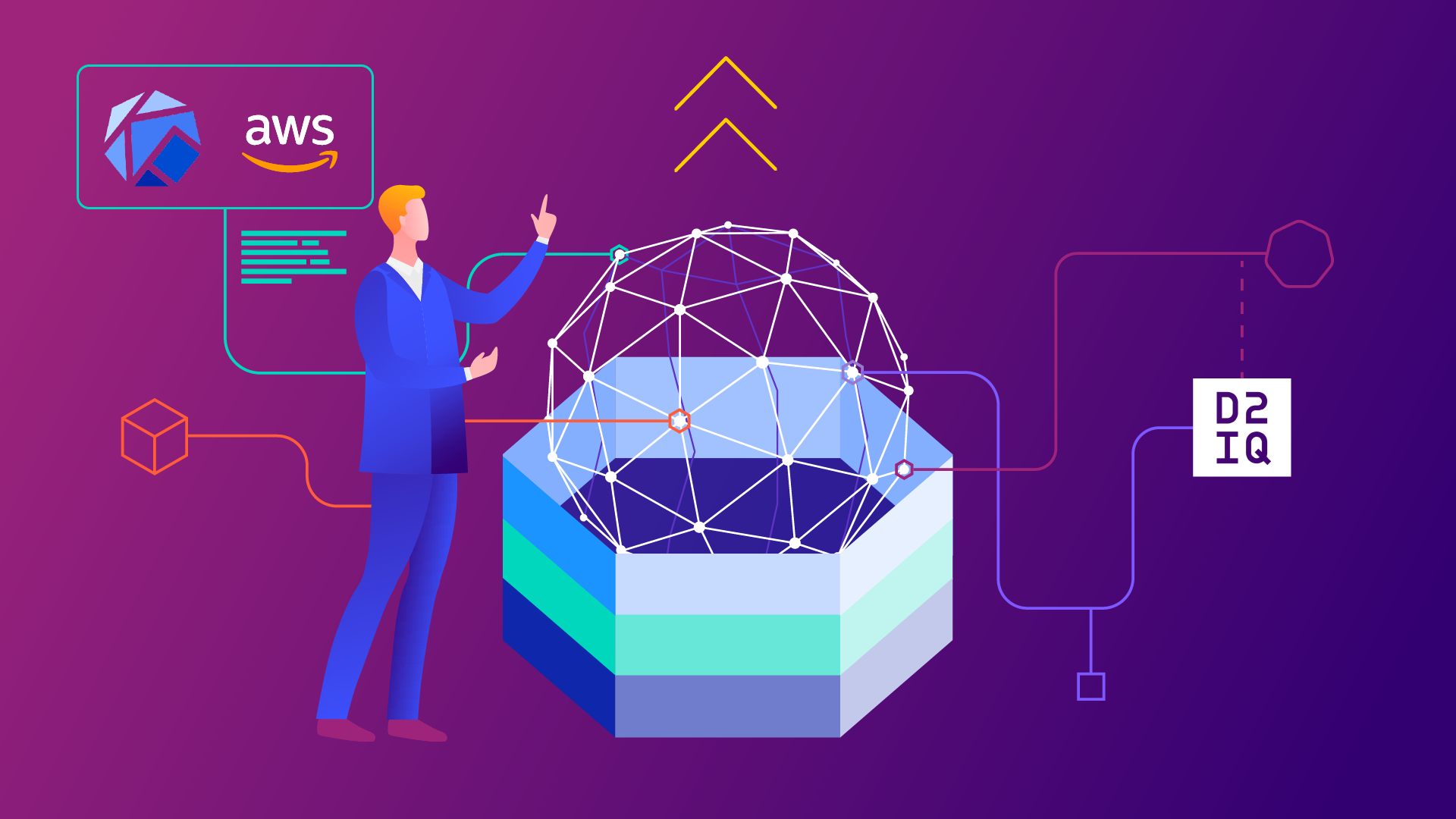One of the important sources of value we provide to our customers through our Konvoy Kubernetes distribution is providing an opinionated set of addons selected from the best-of-breed open source projects from the CNCF.
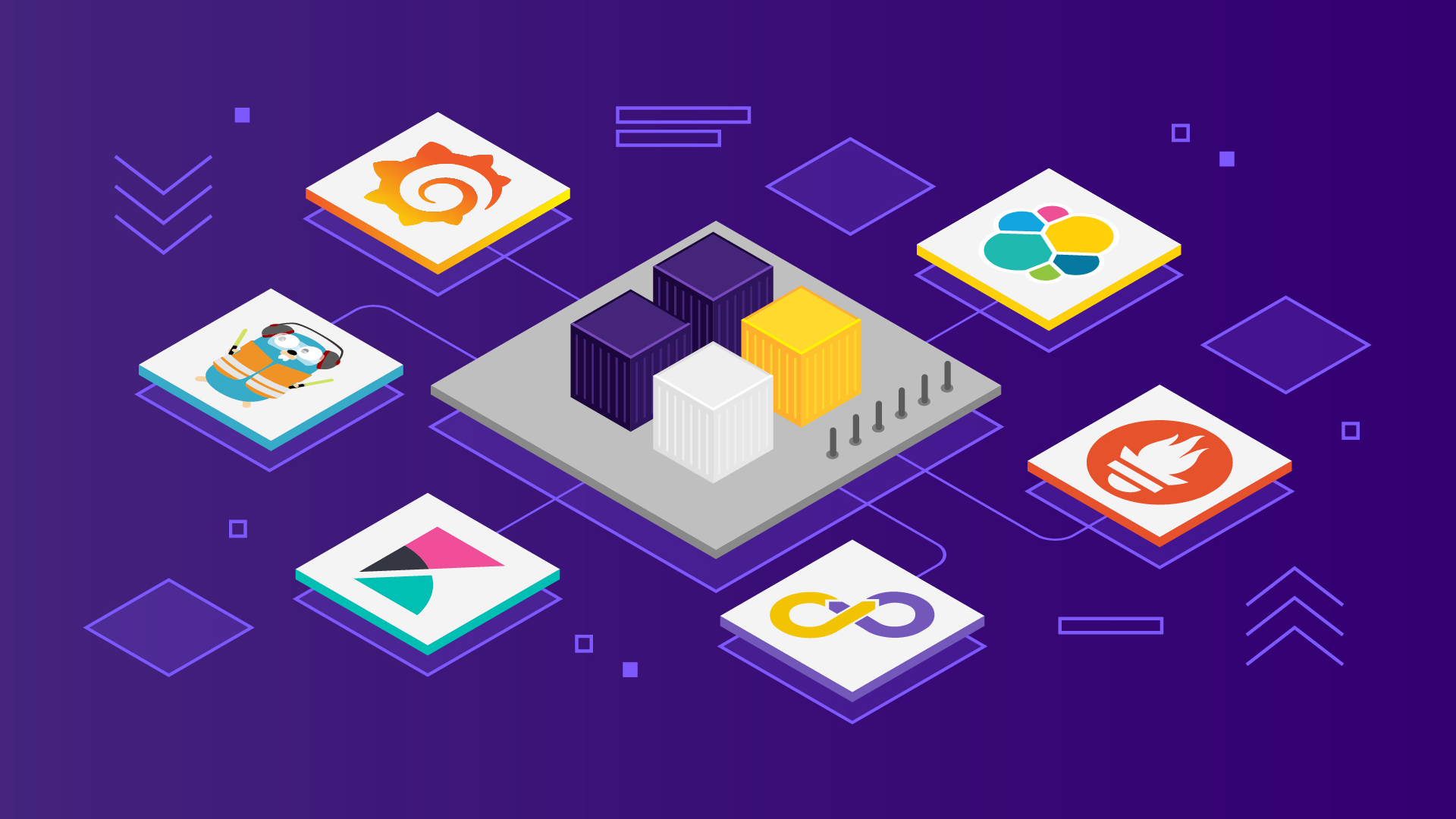
As our name implies, here at D2iQ we are laser focused on helping you achieve successful Day 2 production operations. Day 2, when you are operating in production at scale, is when you really find out if you have the right foundation in place. As our Co-Founder and Co-CEO, Tobi Knaup, pointed out in the pages of the SD Times, “Day 2 is when an application moves from a development project to a strategic advantage to the business.”
A big part of making that move successfully depends not only on making the right choices about core technologies and how to implement them, but also to keeping the machine you have built running smoothly over time. In the case of cloud native application development strategies that leverage Kubernetes, that means managing all of the addons that are required to make Kubernetes effective in a production environment. Critical functions such as logging, monitoring, disaster recovery, DNS service, load balancing and ingress, service mesh, and policy implementation and management all require the use of additional software beyond core Kubernetes.
One of the important sources of value we provide to our customers through our Konvoy Kubernetes distribution is providing an opinionated set of addons selected from the best-of-breed open source projects from the CNCF. We also work to make sure they are well integrated, and provide the support needed to help you get them running and keep them running.
This last point is not trivial: there were 9 different components we track that have had over 180 releases in just 6 months. Multiplied across the over 35 addons we enable on the platform, that is a serious number of releases. Many organizations have enough trouble keeping Kubernetes up to date, but when you take into account keeping the monitoring, logging, security policies, storage drivers, and other necessary pieces of Day 2 software current, the challenge is beyond daunting. Fortunately for our customers running any upstream Kubernetes cluster, D2iQ has solved this problem for them.
To accomplish this, we created a system to continuously update and upgrade those selected best-of-breed components we mentioned above. Right now, we deliver over 35 different Day 2 Kubernetes addons with Konvoy. We upgrade these packages on the 2nd and 4th week of the month, making sure they have the latest patch releases.
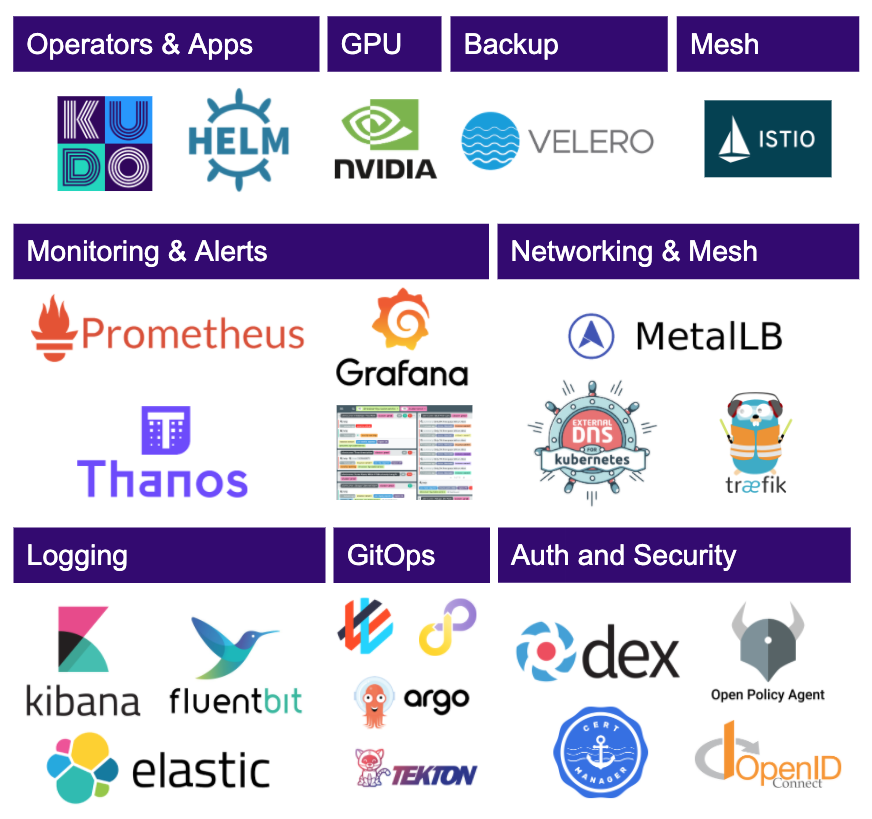
To make sure we maintain stability for our customers who have implemented both minor and major versions in their production systems, we only include patches in those bi-weekly releases. We discuss features and new or changing customer needs for both minor and major releases of those packages every quarter, but we focus on providing the best balance of stability and having the latest and greatest.
To ensure portability for our customers, we make sure that all the value added Day 2 benefits of Konvoy are only dependent on Kubernetes version and nothing specific to anything D2iQ has built. That architecture allows us to take these addons and include them with third party distributions of Kubernetes. All those other distributions simply need to have a specific version of Kubernetes, and the addons we have selected should work with them just fine—that of course being one of the virtues of open source software and a standard API.
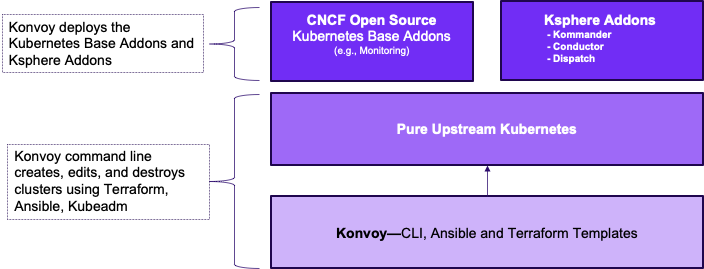
In Kommander, our cross-cluster control plane, we have built features to automatically add these addons to attached clusters. We are starting with authentication and our monitoring stack, but more is to come. Kommander also centralizes authentication and monitoring so you can very quickly, for example, find all your metrics and alerts from all of your clusters, no matter if they are EKS, GKE, Azure, DIY, or Konvoy, all in the same dashboards. We’ll have more to say about this feature in another blog—stay tuned.






